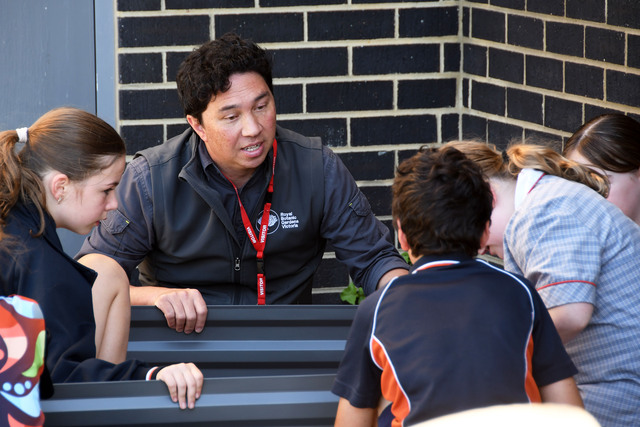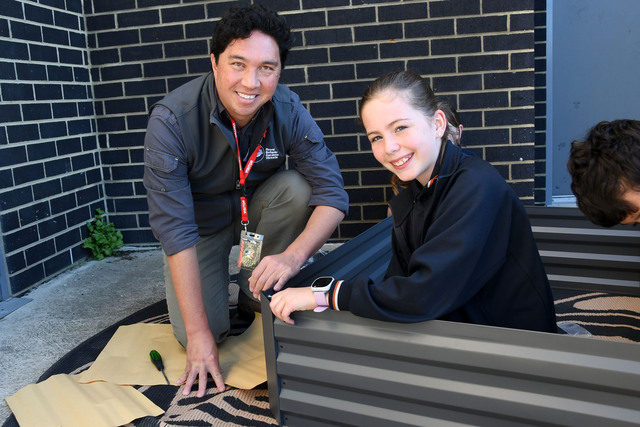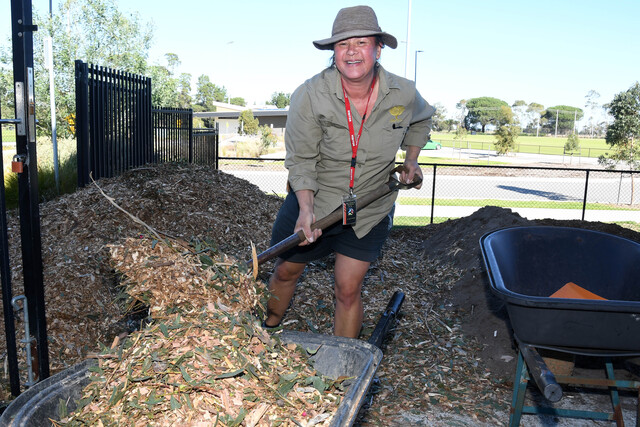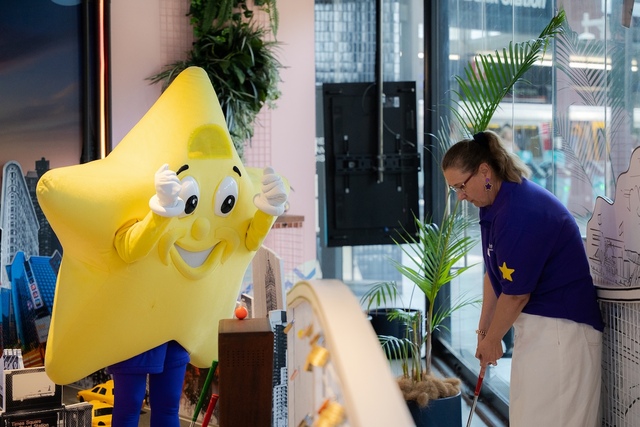Botanic Gardens Cranbourne is collaborating with two local primary schools to cultivate an endangered native species.
The citizen science project, called Raising Rarity, is part of the Climate Action Living Lab initiated by Casey Council to “deliver and validate innovative solutions for climate action”.
Last week, the team members from the garden visited the Botanic Ridge Primary School and Cranbourne Primary School to work with the students to set up the garden beds for Swamp Everlasting, an endangered native species. This week, students are set to plant the species.
One of the remaining populations of Swamp Everlasting is in the City of Casey.
Ben Liu, the director of Learning and Community Engagement of Royal Botanic Gardens Cranbourne, said over the next few months, students were going to monitor the species, the temperature, the ph level, and the soil moisture.
“From that, eventually, the plants will go to flower and then seed. And they’re going to collect the seed for us, which comes back to the garden for safekeeping to help protect the species in the future,” he said.
“We’ll work with our science team to analyse the seed from there. They’ll clean and sort it. They’ll count how much seed, and they’ll weigh the seed. They’ll even check the viability of that seed as well.
“And they’ll germinate it and test how good the quality of that seed growing at the Botanic Ridge Primary School is compared to Cranbourne Primary School…
“All of this is really valuable data for us.”
Mr Liu hoped that the students would learn a whole range of horticulture and science skills along the way.
“They’ll pick up on how to grow these plants and threatened species, and the environmental factors that help contribute to their growth,” he said.
“They’ll also learn through failure. We’ll probably expect them to lose some of these plants. Some of them won’t survive.
“One of the bigger things is the particular species that we’ve chosen, a Swamp Everlasting, has survived in swampy wetland areas, which, as we know, with climate change, and also urban development, have been reduced.
“So we’re sort of exploring along the way the impact of human development and urban development, and climate change with them. It’s a case study for them to learn about climate change as well.”
Looking back, the program is an extra step the garden has taken to see what else it can do to grow and look after threatened species, Mr Li shared.
“We do a lot of this work at the gardens, but we actually want to involve the community more and more in these kinds of projects,” he said.










